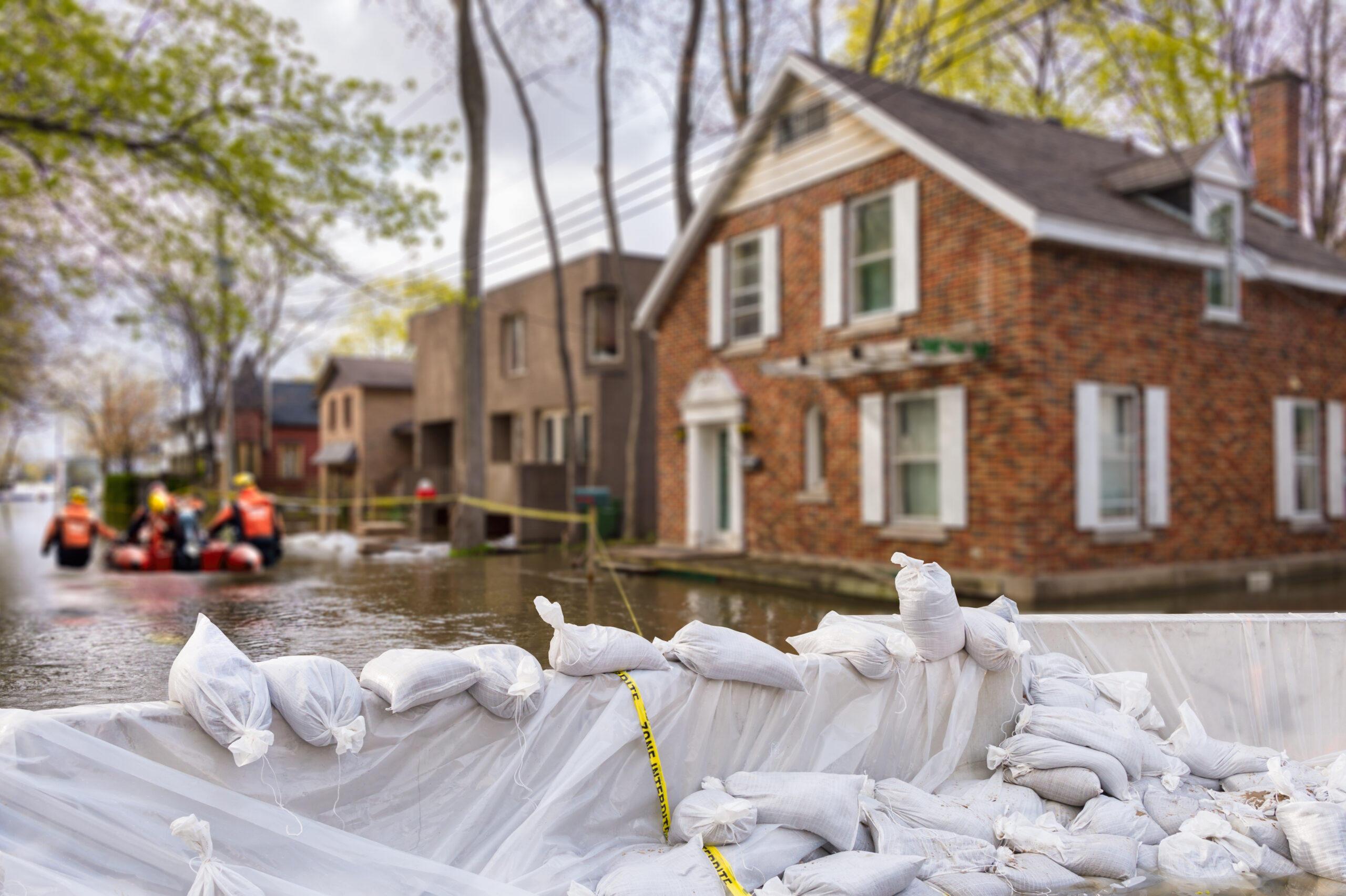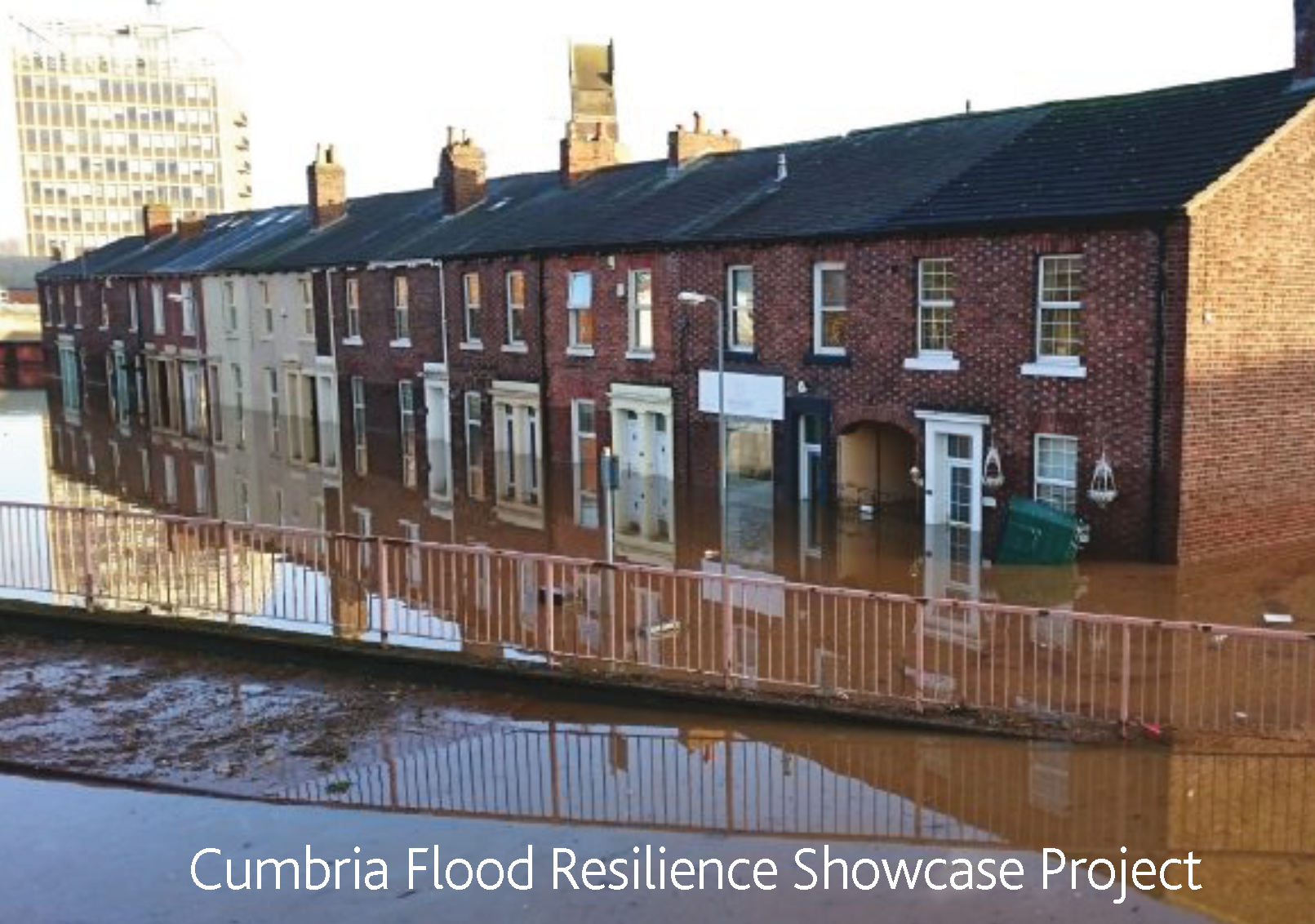With so many homes in England at risk of flooding installing an insulation product that won’t slump or sag when wet is an important consideration when building new homes or carrying out refurbishment projects.
The use of closed cell insulation has long been advocated in flood risk areas and a government report “Improving the flood performance of new buildings” cited rigid PUR foam as the best performing when installed into cavity walls. The report states “Cavity insulation should preferably incorporate rigid closed cell materials as these retain integrity and have low moisture take-up. Other common types, such as mineral fibre batts, are not generally recommended as they can remain wet several months after exposure to flood water which slows down the wall drying process. Blown-in insulation can slump due to excessive moisture uptake, and some types can retain high levels of moisture for long periods of time (under natural drying conditions).”






